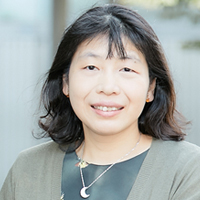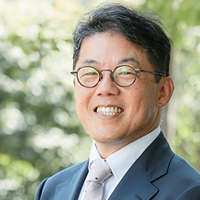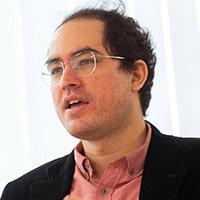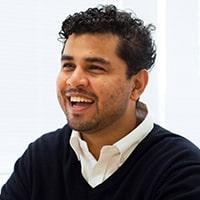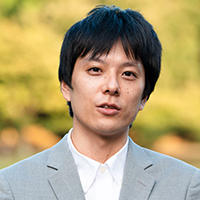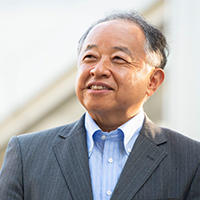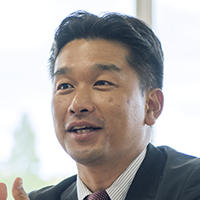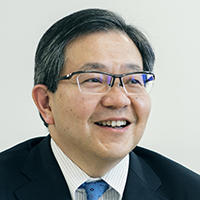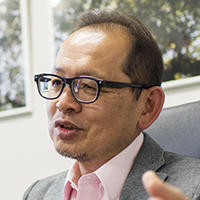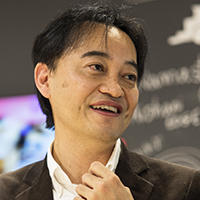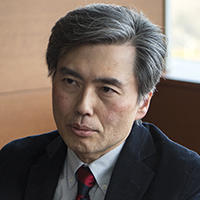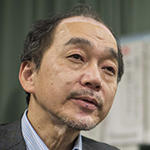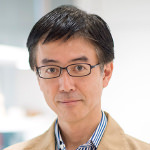SDM Voice | Prof. Naohiko KOHTAKE
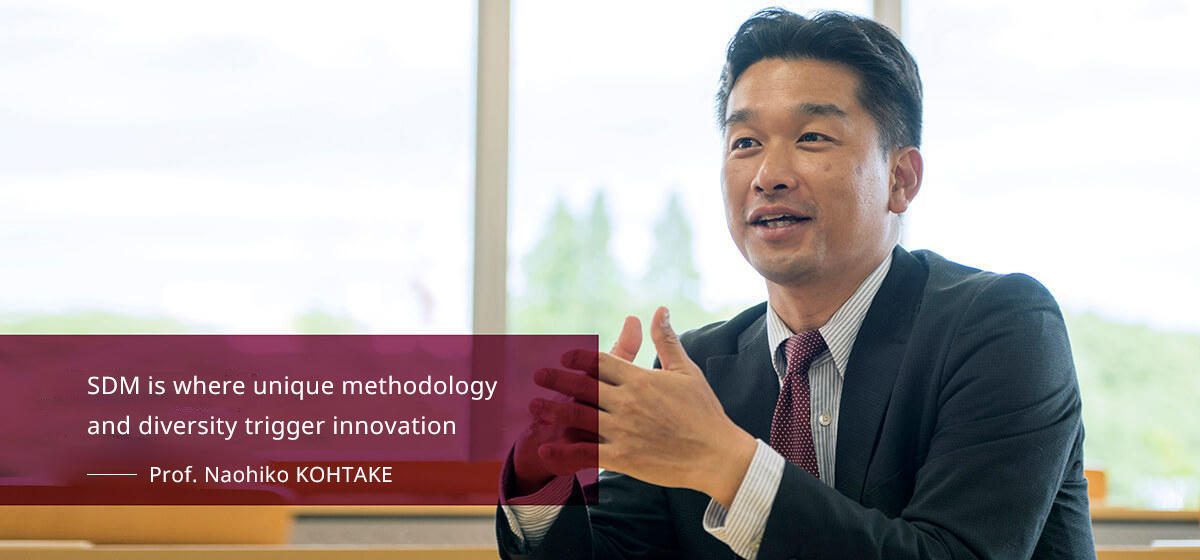
I’ve spoken with every supervising professor over the course of SDM Voice. For the last interview, please let me tell you my thoughts on SDM. Celebrating the school’s 10th anniversary, Dean Takashi Maeno interviewed me to share what I love about SDM and what the school needs to stay at the cutting edge.
Profile
Prof. Naohiko KOHTAKE, Ph.D., PMP.
Professor, Graduate School of System Design and Management, Keio University
Before joining SDM, Prof. Kohtake worked as an associate senior engineer of Japan Aerospace Exploration Agency and a visiting researcher of European Space Agency. His areas of expertise include the design and management of social technology systems, from urban planning to space systems. He is a adjunct professor at Asian Institute of Technology and an advisor at High Performance Strategy Department of Japan Sport Council. He is the author of Engineering Systems (Keio University Press) and Location Information and Big Data (Impress R&D). In 2017, he received the Good Design Award for Human Resource Development Program to Solve Social Problems with Space Systems for Realizing Global Learning and Growth.
Integrating Objective and Subjective Data into System Design
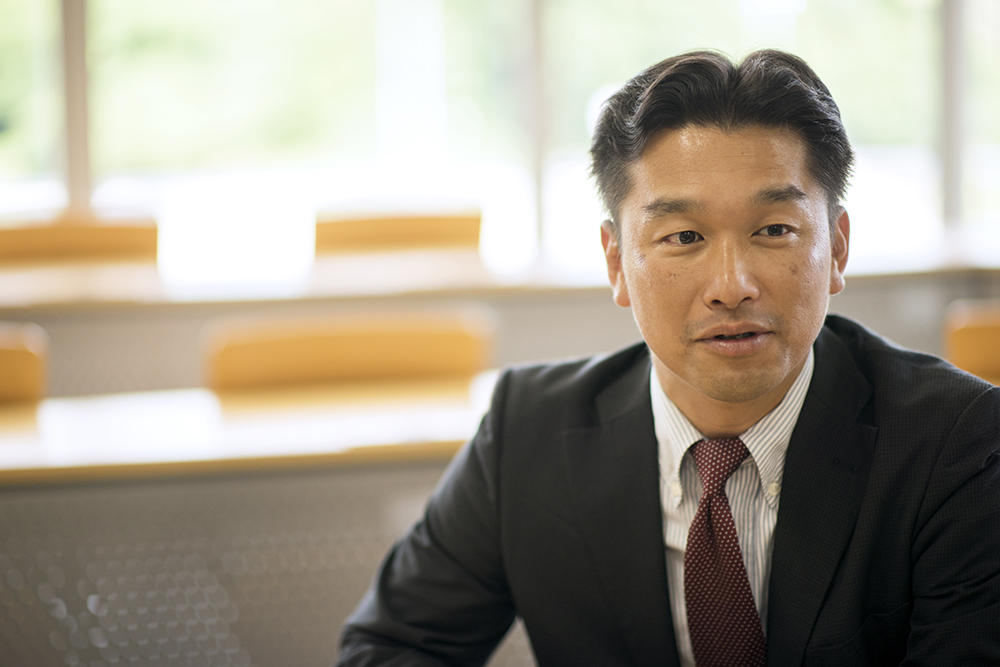
My early career involved developing rockets and satellites, and I always felt that there were many possibilities for their use. Now I'm working on using various sensing data, including that from satellites, to solve real-world problems. My research focuses on a range of topics, including sports, disaster prevention, urban planning, and large-scale farming abroad. After joining SDM, I've been involved in problem-solving that integrates objective sensor data with subjective data that we get from people through direct communication, facilitation, and observation. Together, these two types of data create what we call "real data." System design allows us to apply this real data--objective data and firsthand data gained through fieldwork--in order to understand the issues of individuals and communities more precisely and in more detail.
For example, sports are a hot topic in Japan with three major sporting events on the horizon: Rugby World Cup in 2019, Tokyo Olympics and Paralympic Games in 2020, and Kansai World Masters Games in 2021. In the media, sports news often focuses on medal winners and the careers of top athletes, but because sports can also contribute to solving various problems by connecting local communities and promoting health care for ordinary people, we have to take a more holistic approach. That is where SDM comes in. Our approach has a lot to offer when considering how to optimize the many elements that comprise a system--even in the field of sports. We've recently seen an uptick in admission requests and inquiries from former athletes as well as people working at sports-related companies and local governments.
The Value of SDM Lies in Its Diversity
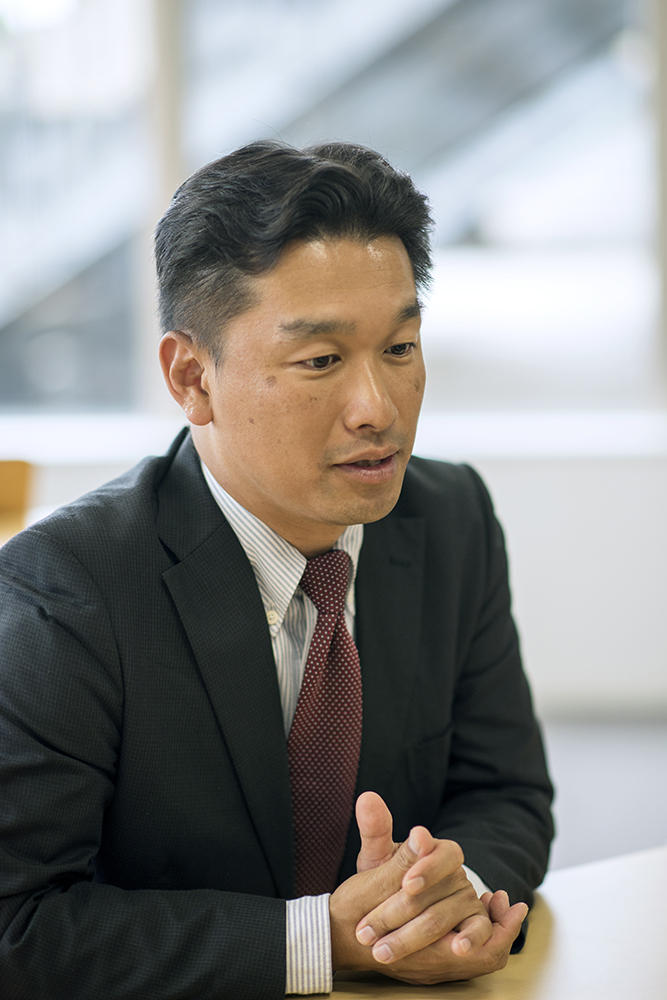 We have a genuinely diverse group of students, researchers, and faculties at SDM. It's this diversity that makes the program so exciting. Here people of all different nationalities, ages, and professional backgrounds can meet, interact, and discuss important issues. Say a student involved in national security meets another who is an Olympic medalist. They are specialists in entirely different fields, yet they also have common ground. Both face the same situations where they have only one chance to capitalize on a make-or-break opportunity. This shared experience leads to passionate discussions from which new projects are born. At SDM, you can experience the joy and excitement of being present when the chemistry between people leads to new discoveries. There is a lot to be learned in such a dynamic environment. For this reason, we'd like to attract more internationally minded students who have a passion for innovation and a drive to create social movements that have lasting impacts--regardless of age, nationality, or background.
We have a genuinely diverse group of students, researchers, and faculties at SDM. It's this diversity that makes the program so exciting. Here people of all different nationalities, ages, and professional backgrounds can meet, interact, and discuss important issues. Say a student involved in national security meets another who is an Olympic medalist. They are specialists in entirely different fields, yet they also have common ground. Both face the same situations where they have only one chance to capitalize on a make-or-break opportunity. This shared experience leads to passionate discussions from which new projects are born. At SDM, you can experience the joy and excitement of being present when the chemistry between people leads to new discoveries. There is a lot to be learned in such a dynamic environment. For this reason, we'd like to attract more internationally minded students who have a passion for innovation and a drive to create social movements that have lasting impacts--regardless of age, nationality, or background.
I believe that the true value of SDM lies in its diversity. It's a space where talented people transcend their differences to work together on creative methodologies and provide solutions for a wide range of issues. That's what defines SDM. On the other hand, precisely because the program is so diverse, it can be difficult to explain the concept of SDM, and we're still trying to find the best way to do this. I sometimes wonder if even our own students sufficiently understand what SDM really is. Success stories are one of the fastest ways for people to understand what SDM is all about. Now more than ever, it is critical that we continue to produce results and tell stories that illustrate the uniqueness of the SDM method.
Staying Ahead by Building a Bigger Team
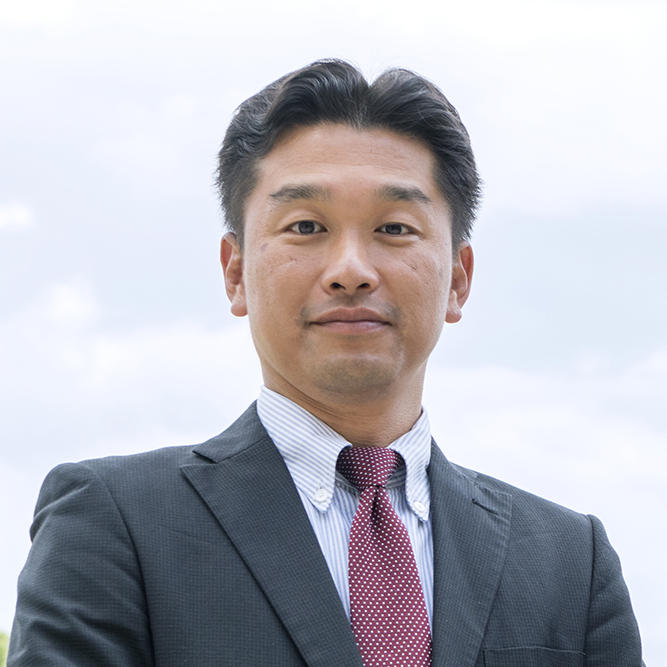 This year SDM celebrates its 10th anniversary. A decade ago, SDM's methods were ahead of their time. Now, ten years later, we must stand by those novel concepts but, at the same time, realize the areas where we must change in order to stay ahead. Our lectures should employ mechanisms that allow students to participate and discuss across the globe, and we need to scale the overall size of the graduate school. Moreover, we must leverage SDM's diversity to seek out more collaborations with individuals and corporations, promote projects that contribute to national policy, and create new and innovative services. Our academic faculty and researchers are leaders in their respective fields, and together we aim to become a team of true SDM professionals who can combine their specialized expertise and learn from one another. As professionals, we hope to share our ideas of system design and management with the world by building a bigger, better team. I believe that overcoming these challenges is the only way to make a global environment possible, an environment where individuals can participate from wherever they are in the world.
This year SDM celebrates its 10th anniversary. A decade ago, SDM's methods were ahead of their time. Now, ten years later, we must stand by those novel concepts but, at the same time, realize the areas where we must change in order to stay ahead. Our lectures should employ mechanisms that allow students to participate and discuss across the globe, and we need to scale the overall size of the graduate school. Moreover, we must leverage SDM's diversity to seek out more collaborations with individuals and corporations, promote projects that contribute to national policy, and create new and innovative services. Our academic faculty and researchers are leaders in their respective fields, and together we aim to become a team of true SDM professionals who can combine their specialized expertise and learn from one another. As professionals, we hope to share our ideas of system design and management with the world by building a bigger, better team. I believe that overcoming these challenges is the only way to make a global environment possible, an environment where individuals can participate from wherever they are in the world.

